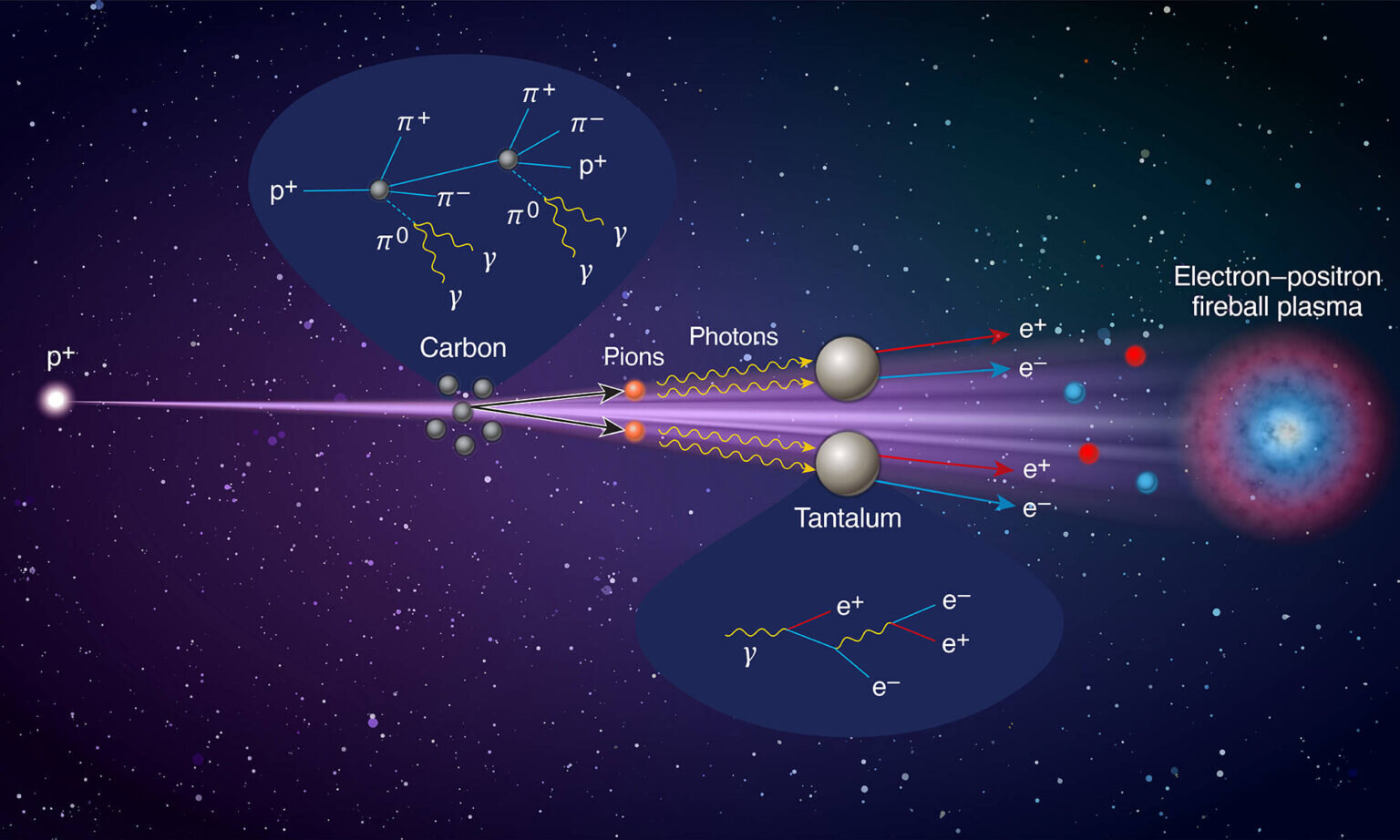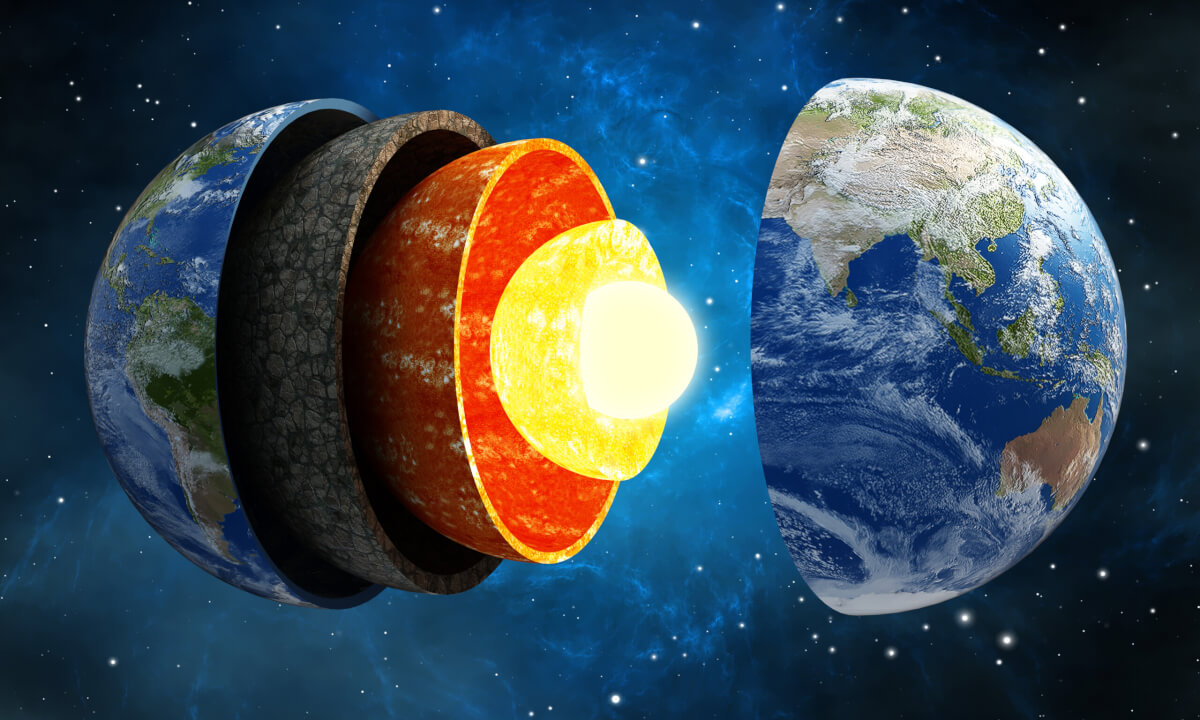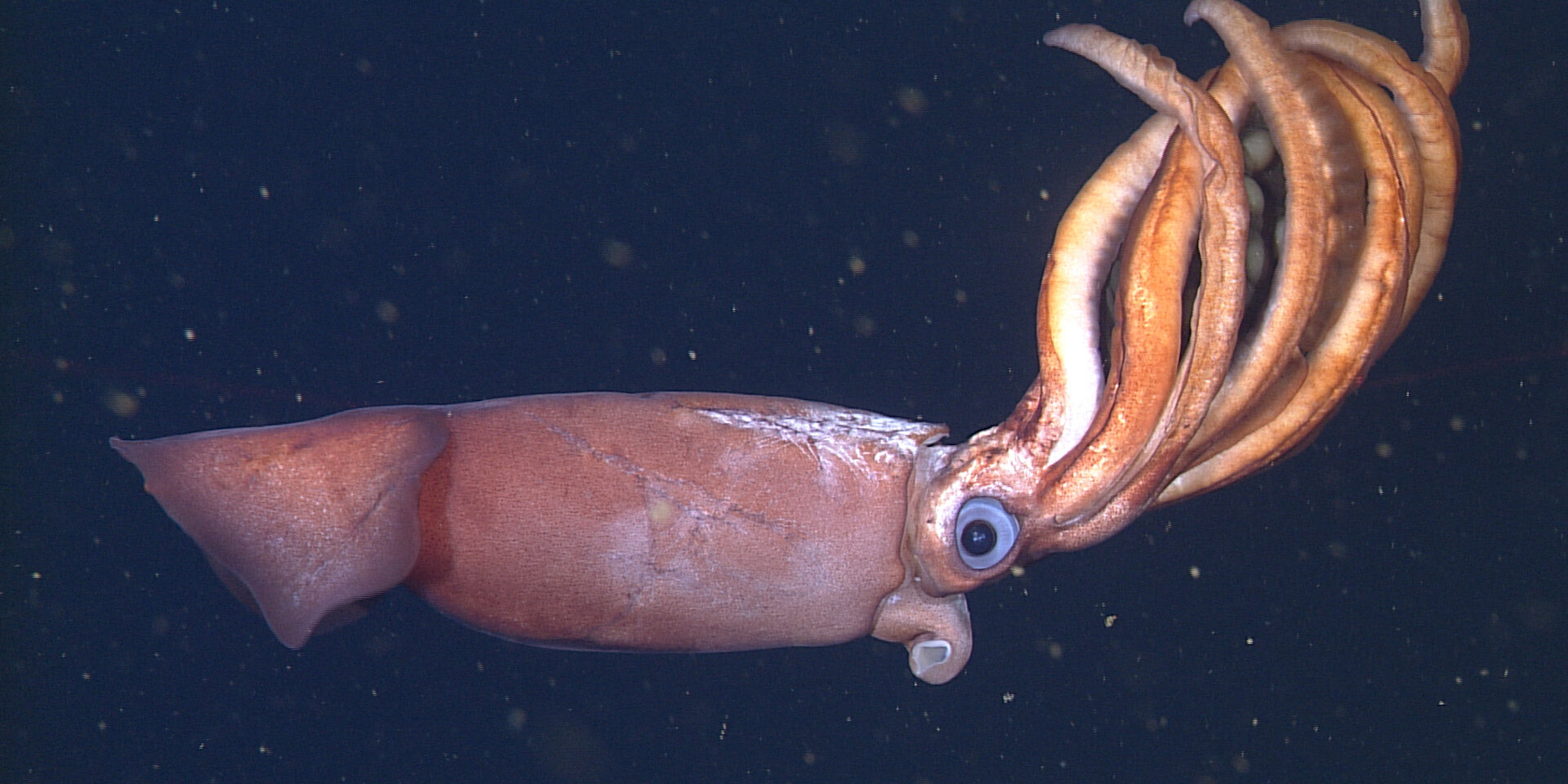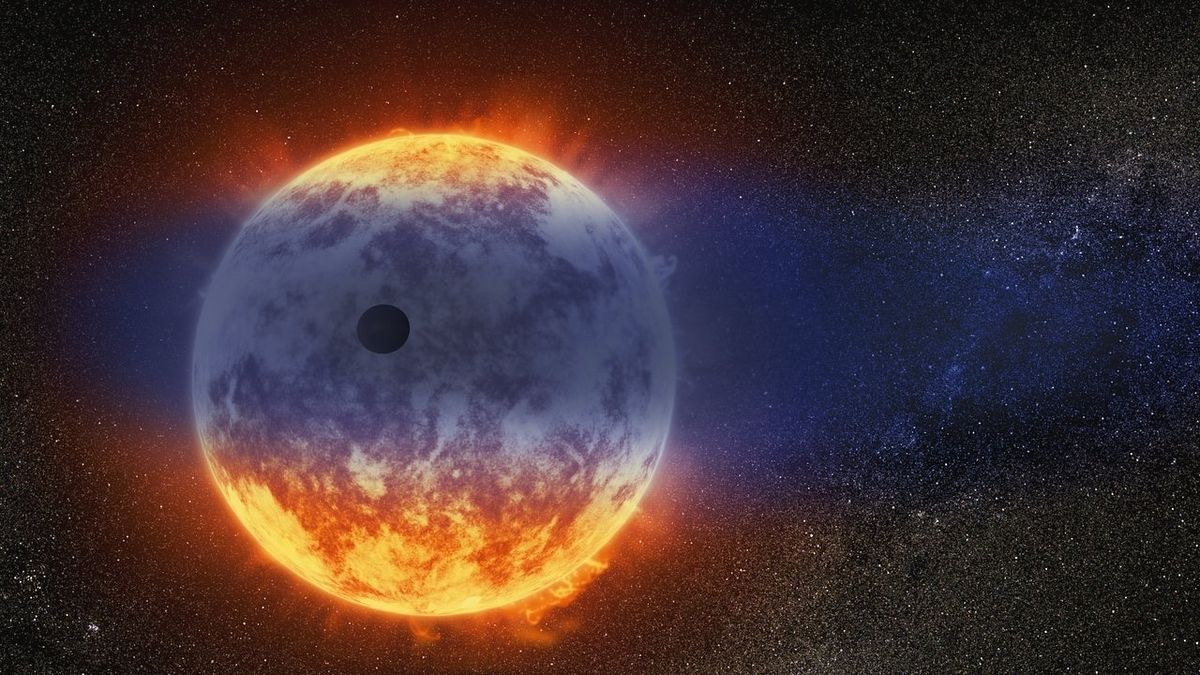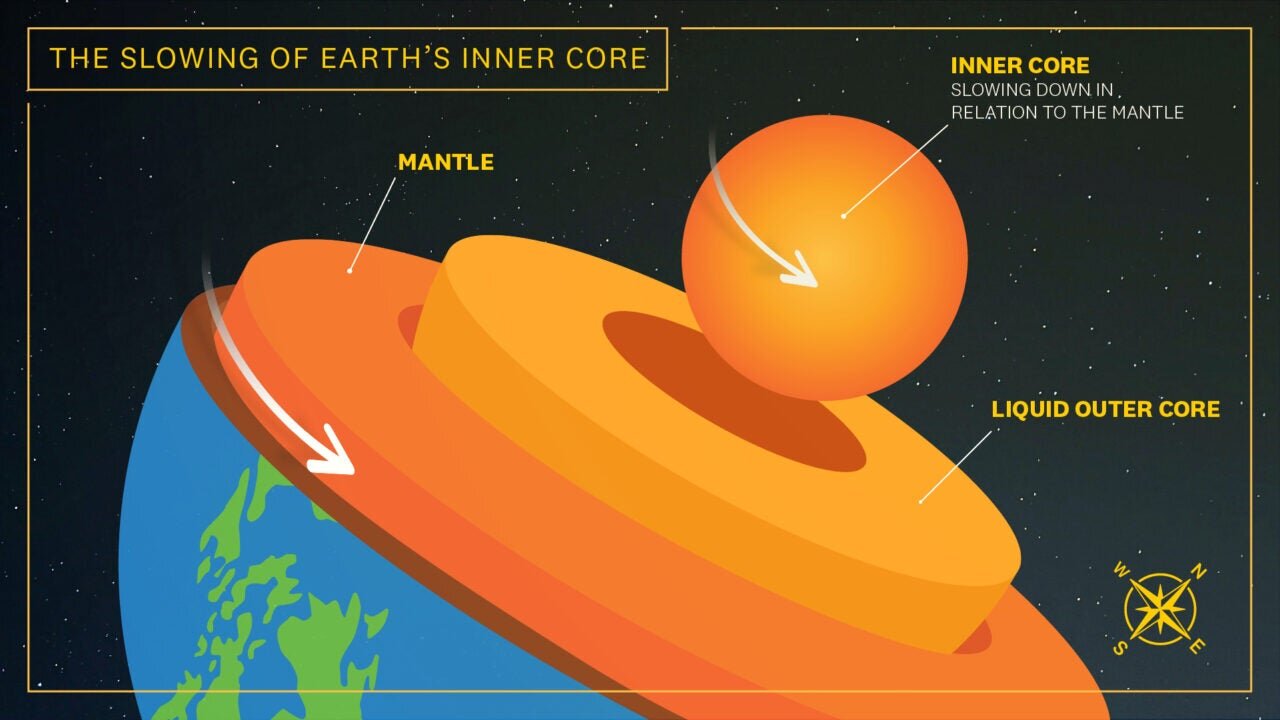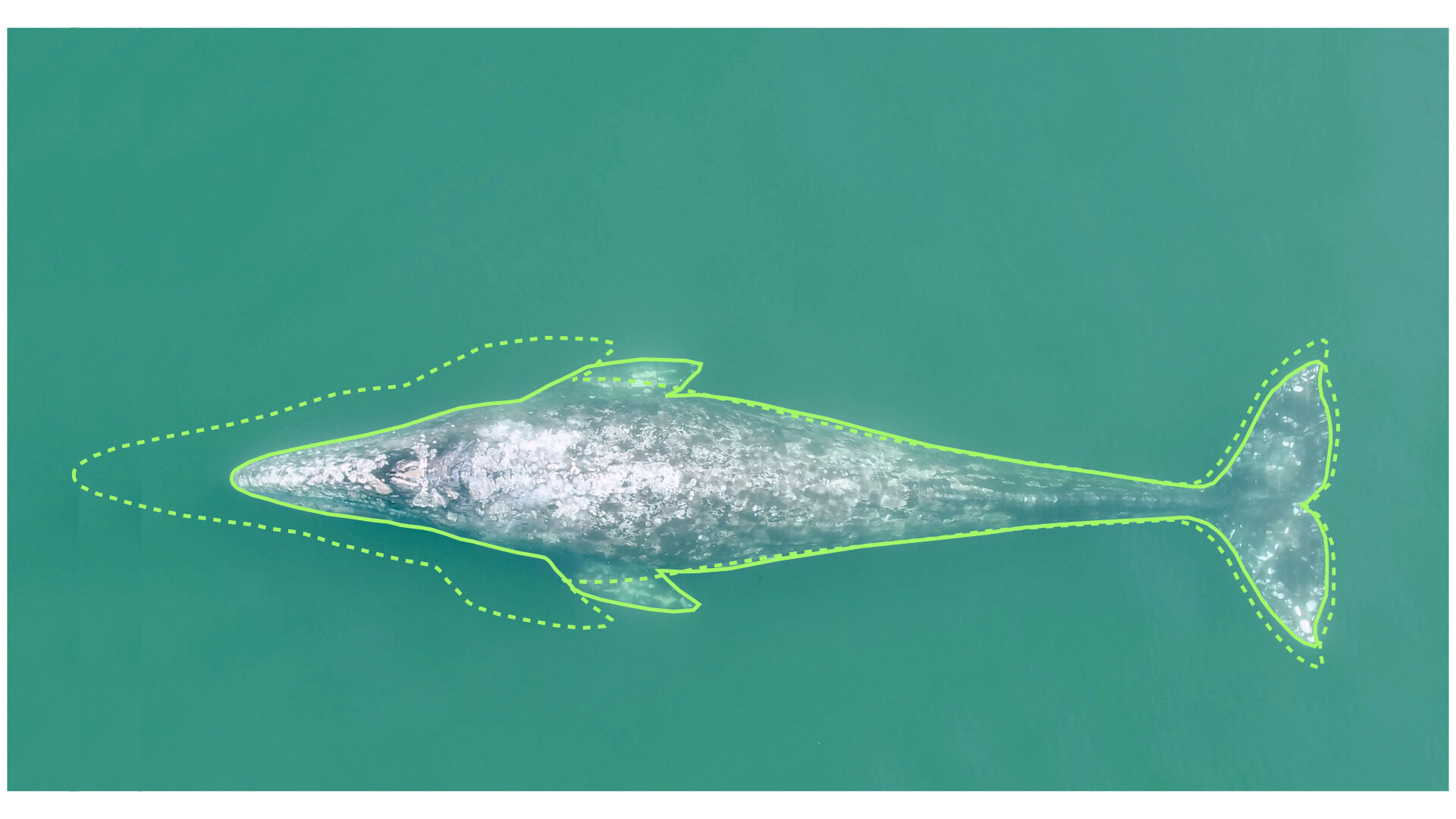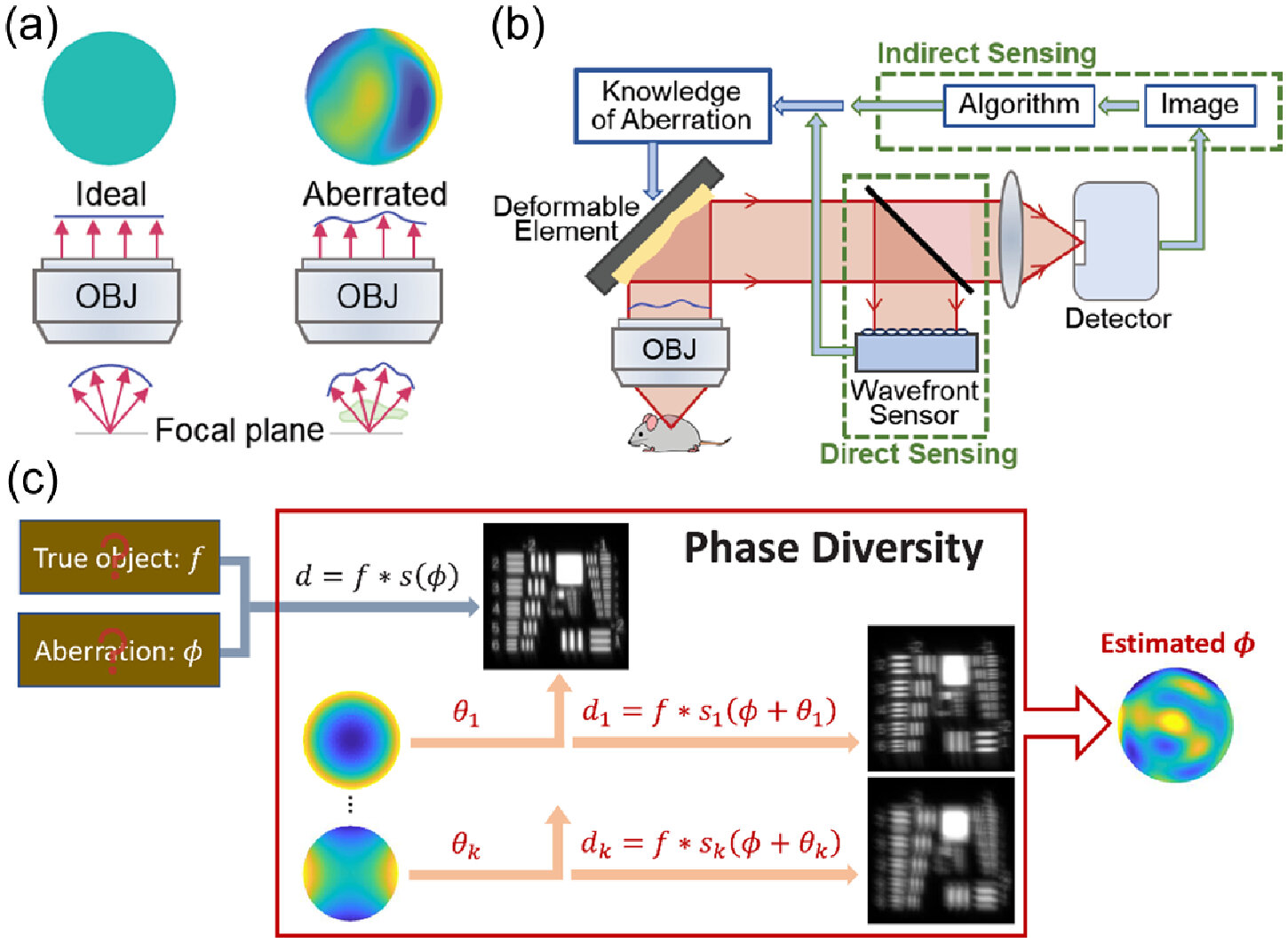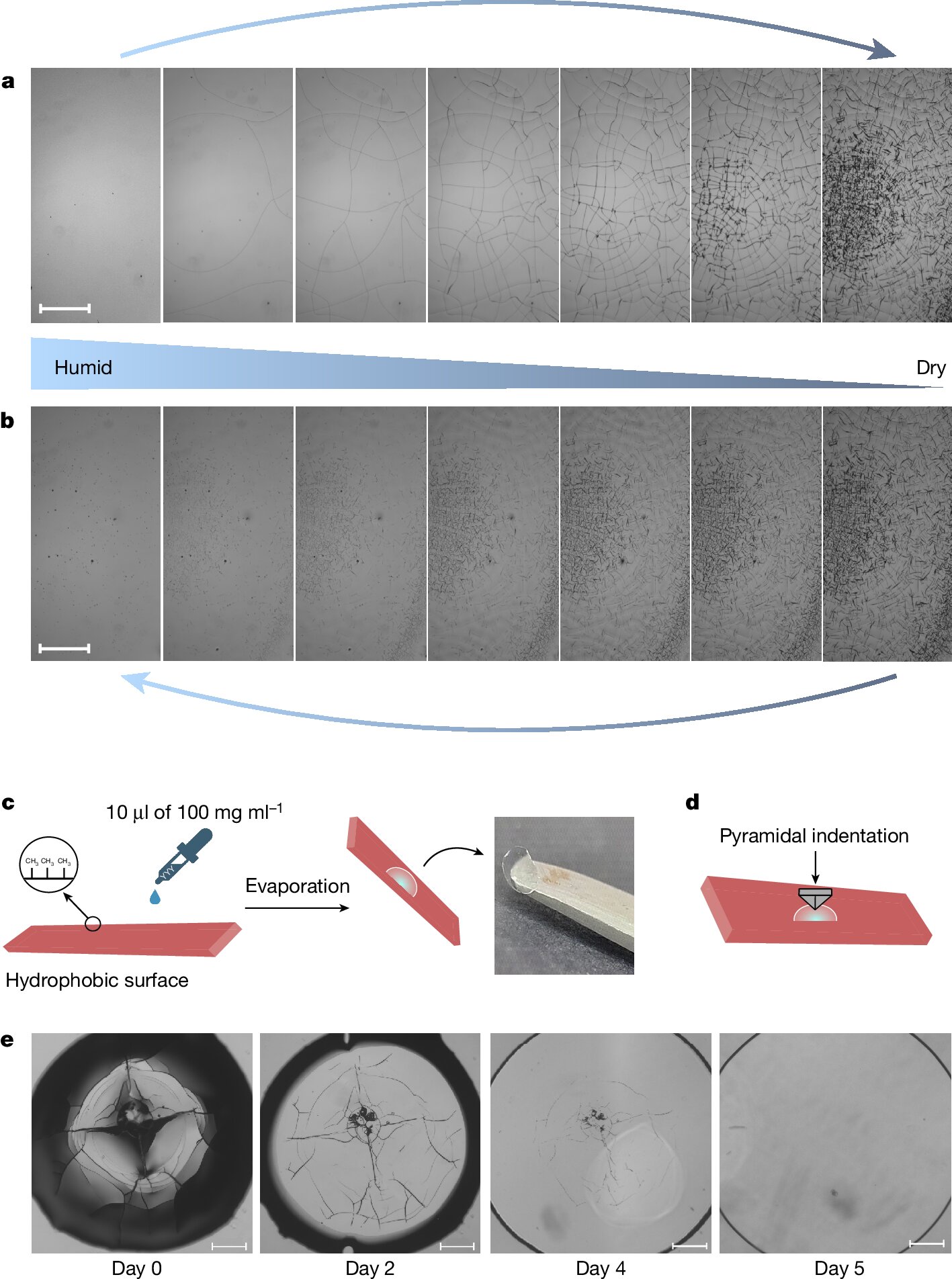The pair plasmas found in deep space can now be generated in the laboratory
How it works: A proton (far left) from the Super Proton Synchrotron (SPS) accelerator at CERN hits carbon nuclei (small gray spheres). This produces a shower of various elementary particles, including a large number of neutral pions (orange sphere). As the unstable neutral pions decay, they emit two high-energy gamma rays (curly yellow arrows). These … Read more
